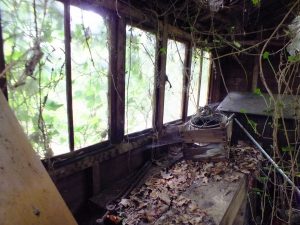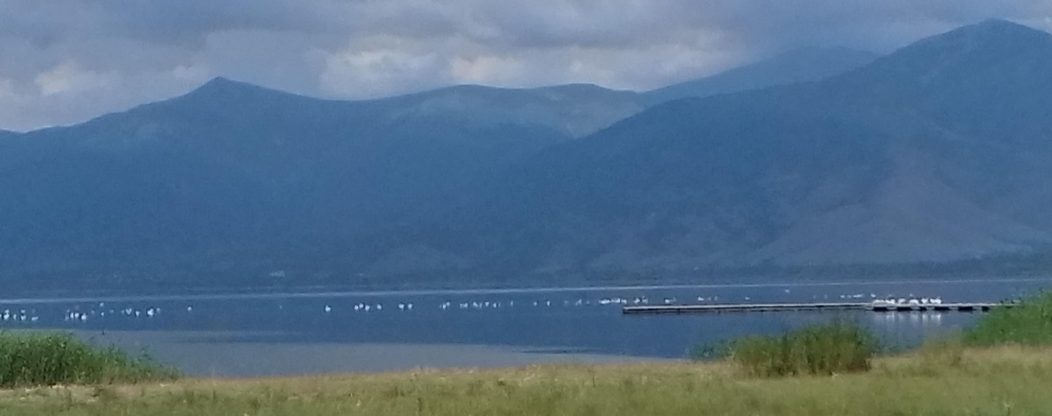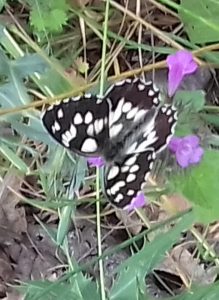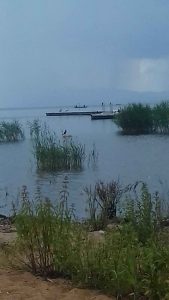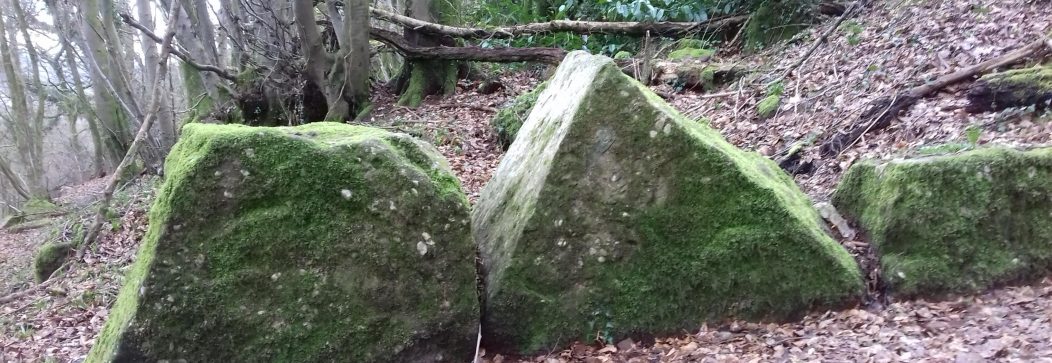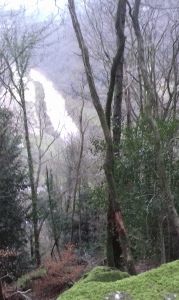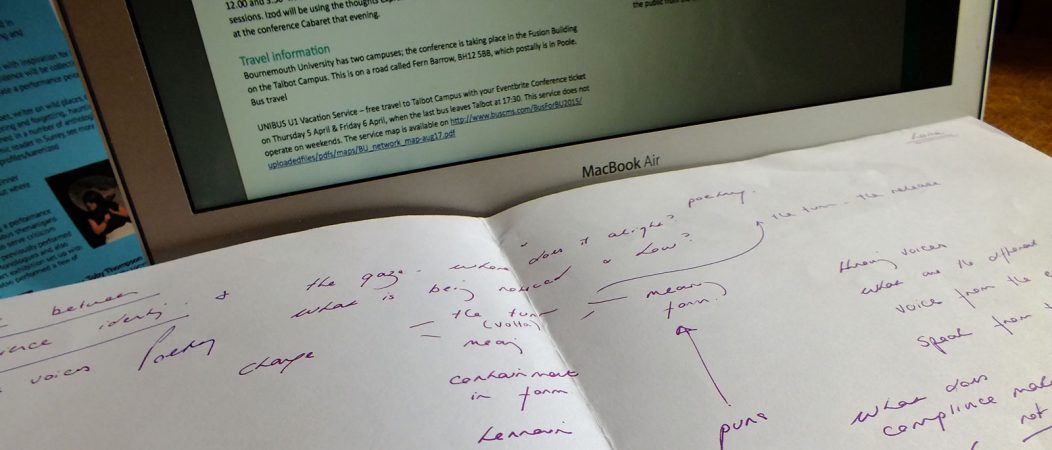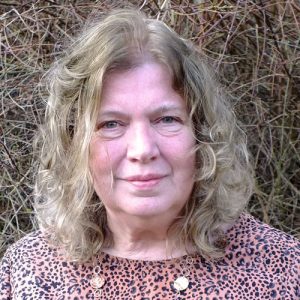Behind every fighting man are fifteen more…
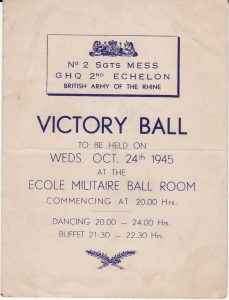
Ceremonies this week are marking the 75th anniversary of allied landings in Normandy. This poem was originally published on-line at karnacology.com a wonderful blog and resource from Karnac publishers, now a part of Taylor & Francis, and no longer available.
The poem is a researched poem, generated from family papers and materials held at the Imperial War Museum. It is written in memory of my parents-in-law, Robert and Joyce Brember, who met at the Victory Ball in Brussels. The heading photo was taken at the Arc de Triomphe 10th May 1945.
Written as a sestina the poem roughly follows the form of six stanzas of six lines and a final triplet, having the same six words at the line ends in six different sequences.
Behind every fighting man are fifteen more
(Advanced Reinforcement Section , 2nd Echelon, June 1944)
You cried at the 50th anniversary. It had been a long wait
for the defences of a logistics man to give way; for emotion to attack
the pride you took in two years of preparation. The beach
of collective imagination, its gradients, capacity, a crusted land
on which to mount this all-out offensive. Yours was not the only wave
of enthusiasm tempered with fear, and a ration of sweets to stay
the pangs of home. It was a slow scramble: still time to stay
on that edge of youth. Time to pack your dancing shoes, wait
for the bus, reach the point of departure, with no-one to wave
but a land-girl in her field. And too early still for that attack
of nerves to reach your gut; ship sitting out storm in sight of land,
holding back its spillage onto the blackened rind of the beach.
Caution throws in its lot, impatience ripples, irate Beach
Masters shout into the wind. Panic surges with a tide unable to stay
its progress. Now, this endless moment of men, this smoke, the land
too far, gradient too steep. Not enough to bear the massive weight
of forces gathering, foresight floundering, going under attack. Attack!
You are the reinforcement, you are the second wave.
Even so, a port or some jetties would have been helpful. Who waived
that particular request? Visible beyond the char of the beach
a village, church, farms, copses, very little air attack
that first night. You are the reinforcement. Emergency rations stay
under wraps while you load trucks, stagger under the weight
of orders, schedules, armaments. This is a green and fertile land.
You follow the ravage inland,
count hands blown in a final wave.
Think we can wait?
Think life’s a beach?
You draft in another round of men, stay
close to your list, taking up the slack.
Onto the Victory Ball now for your legendary attack
of the dance floor, your neatness of foot. You land
the first dance, rough serge on skin softens as she stays
for the next. “Joyce, my name is Joyce” she waves
from the stairs, and you call out “Back home there is a beach
I want to show you. The geese still come and… please… wait!”
On the ebb of shot imaginations, waves
of guilt rasp along this beach, any beach.
You were very young, and nothing could wait.


